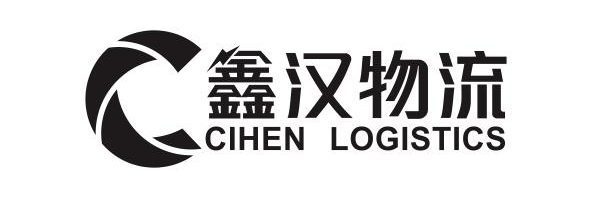The Sultanate of Oman, abbreviated as Oman, is a country located in West Asia, on the southeastern coast of the Arabian Peninsula. It is a vital gateway from the Persian Gulf to the Indian Ocean, bordering the United Arab Emirates to the northwest, Saudi Arabia to the west, Yemen to the southwest, and Muscat as its capital. In 2022, the population of Oman was 4.576 million.The oil and gas industry is Oman’s pillar industry, with oil and gas revenue accounting for 68% of the country’s fiscal revenue and 41% of its gross domestic product. On November 9, 2000, Oman officially joined the World Trade Organization as its 139th member. In 2022, the gross domestic product (GDP) was 86.3 billion US dollars, with a per capita GDP of 19000 US dollars.Overview of the E-commerce MarketThe internet coverage rate in Oman is about 82%, and since the outbreak of the pandemic in 2020, the number of frequent online shoppers in the Middle East has increased by 67 million. The e-commerce market in Oman was valued at $2.19 billion in 2020 and is expected to reach $6.52 billion by 2026, with a compound annual growth rate of over 20%.Cross border e-commerce sellersConsumer preferencesThe purchasing group of Oman’s e-commerce is mainly concentrated among people around the age of 18-25, with a relatively concentrated age group of consumers.The survey results show that the number of e-commerce transactions, electronic retailers, and social media users in Oman has increased between 2020 and 2022. Among the products that women purchase the most online, bags and shoes account for the vast majority of the total sample, while men prefer electronic products when making purchases.Product selection suggestionsAccording to the survey, Omani consumers have a high demand for fashion products, electronic products, home life, educational products, health and beauty products.Fashion clothing and accessories: Sellers can consider offering a variety of products in the clothing and accessories field, including jeans, sportswear, trendy women’s clothing, bags, men’s and women’s shoes, etc.Electronic products: Sellers can provide electronic products such as smartphones, televisions, laptops, digital cameras, as well as game related auxiliary products.Home Furnishings: Sellers can provide products such as home furniture, daily necessities, kitchen supplies, etc.Health and beauty products: sellers can provide various health and beauty products, such as health products, daily necessities, facial mask, beauty instruments, etc.Educational products: Oman’s education market has enormous potential, and sellers can consider offering various educational products such as books, learning materials, educational toys, etc.Payment methodThe Omani people are accustomed to cash payments, and the Omani electronic payment system has entered the second phase. The Omani Information Technology Authority will introduce more service projects in this regard, such as electronic wallets, account transfers, mobile payments, electronic bills, etc.Logistics adviceUnderstanding Oman’s logistics policies and regulations: Before entering the cross-border e-commerce market in Oman, sellers need to understand Oman’s logistics policies and regulations, including tariffs, tax rates, import restrictions, etc. This helps sellers better plan and manage logistics costs, as well as avoid unnecessary risks and losses.Choosing a reliable logistics channel: Choosing a reliable logistics channel is the key to entering the cross-border e-commerce market in Oman. Sellers can choose to cooperate with well-known international logistics companies such as DHL, FedEx, UPS, etc., or choose to establish their own logistics channels locally. Collaborating with logistics companies can provide faster and more reliable logistics services, but requires paying a certain amount of shipping fees; Establishing logistics channels locally can better control logistics costs and transportation time, but requires more resources and effort to be invested.Optimizing transportation time and cost: Optimizing transportation time and cost is key to entering the cross-border e-commerce market in Oman. Sellers need to consider factors such as transportation time, shipping costs, and cargo safety to choose the most suitable logistics channel. Meanwhile, sellers can also negotiate cooperation with logistics companies to obtain more favorable shipping costs and better services.Establishing a good logistics cooperation relationship: Establishing a good logistics cooperation relationship is the key to entering the cross-border e-commerce market in Oman. Sellers need to establish long-term and stable cooperative relationships with logistics companies in order to better understand the local market and consumer needs, as well as better manage and control logistics costs and transportation time.Pay attention to the safety and timely delivery of goods: The safety and timely delivery of goods are key to entering the cross-border e-commerce market in Oman. Sellers need to choose reliable logistics channels and insurance companies to ensure that the goods can be safely and timely delivered to consumers. At the same time, sellers also need to promptly handle and respond to consumer complaints and issues to improve customer satisfaction and loyalty.
